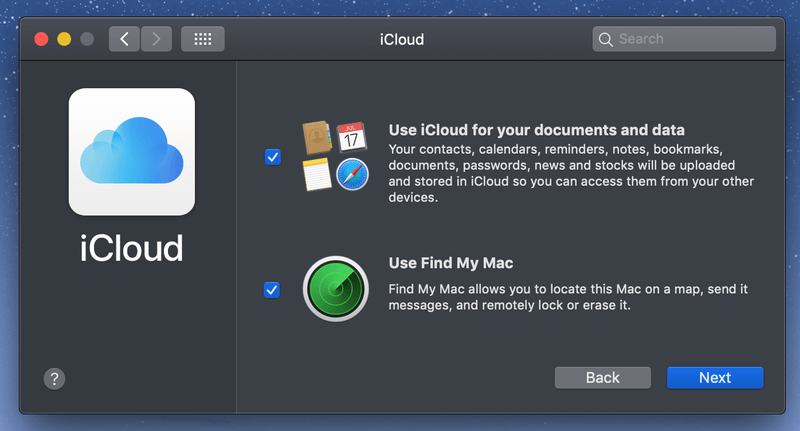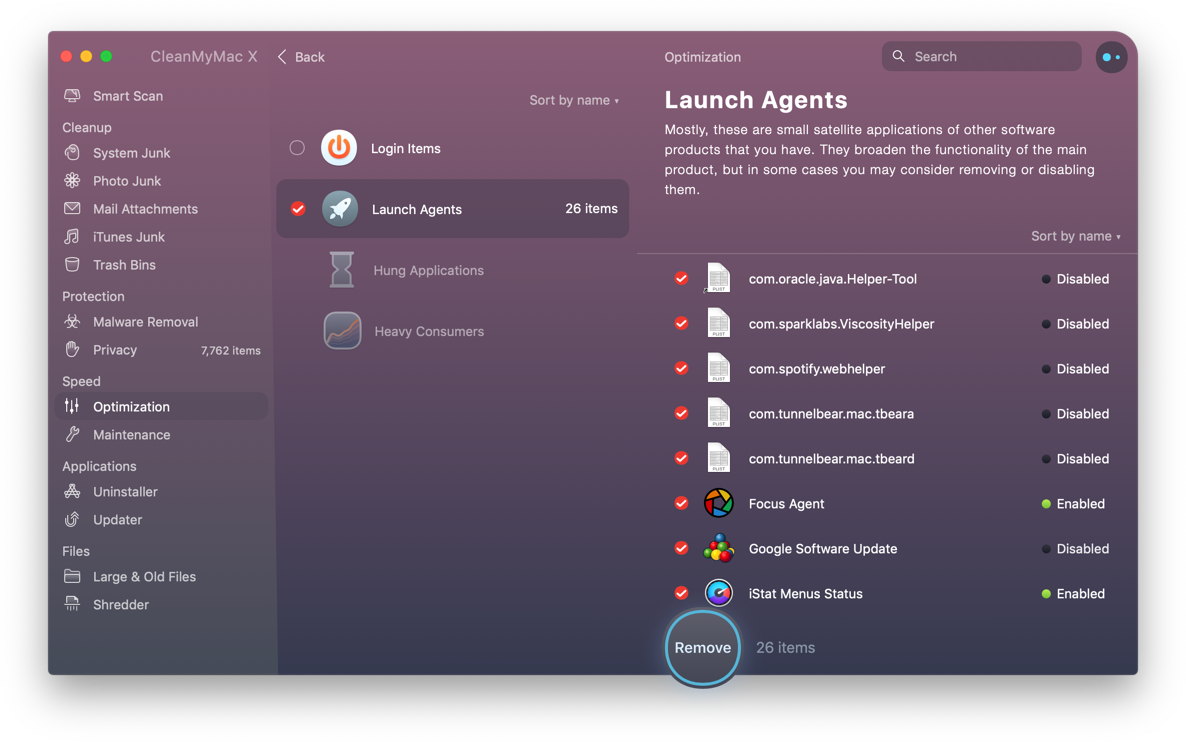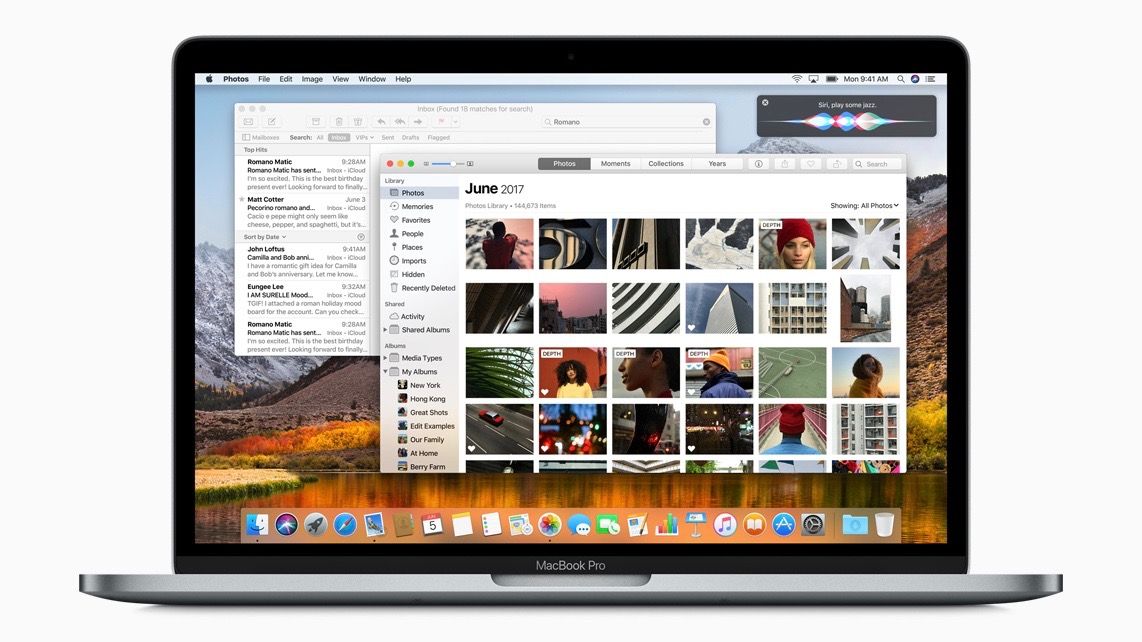
- Mac runs slow after high sierra how to#
- Mac runs slow after high sierra install#
- Mac runs slow after high sierra pro#
- Mac runs slow after high sierra download#
- Mac runs slow after high sierra free#
Mac runs slow after high sierra install#
There's been some reports that Mojave won't install from an external hard drive, and will instead fail and revert to the previous version of macOS. macOS Mojave won't install from an external drive If you want to try out this solution, just go to System Preferences, then iCloud, iCloud Drive, then options and enable the “Desktop and Documents” option. Sometimes it can take up to 30 seconds for a file to appear in Finder, leading to a ton of wasted time.Īnd, while there isn’t an official fix from Apple at the time of this writing, some users are reporting that enabling iCloud sync for desktop and documents helped. In both macOS Mojave and High Sierra, some users are experiencing a slowdown when trying to save files to desktop. You will then be asked to create a new admin user account. Don't worry, nothing important is getting deleted.

This removes a file, which makes it appear like you're starting Mojave up for the first time. Then enter in the following: rm /var/db/.applesetupdone Now, enter in the following: /sbin/mount -uw / This will boot you into a command prompt. If you're having trouble logging into your Mac or MacBook after installing macOS 10.14 Mojave, or you're stuck in a loop where you log in, then get logged out again, the following steps might help.įirst, restart your Mac and hold down the Command + S keys on your keyboard as it boots up. Can't log in to Mac after installing macOS 10.14 Mojave It may be worth restarting your Mac in Safe Mode, then trying to install macOS 10.14 Mojave from there to fix the problem. If your Mac continues to fail to boot, follow Apple’s instructions on creating an external Mac startup disk. You can also try Shift + Option + Command + R. If macOS Mojave encounters a problem at the end of installation, and then shows an error message, restart your Mac and press Command + Option + R on your keyboard while the Mac boots to start up the recovery system over the Internet. Once you have freed up enough space, retry the installation.
Mac runs slow after high sierra free#
If you’re struggling to free up disk space, look out for hidden Time Machine files that may be taking up large amounts of space. Select ‘Disk boot’ to boot normally, then remove any files you no longer need. If you encounter the macOS Mojave problem where the installation fails due to low disk space, restart your Mac and press Control + R while it’s booting to enter the Recover menu. Double-click the file to begin installation.
Mac runs slow after high sierra download#
If you have a compatible Mac and the macOS Mojave download completes, but there’s no prompt for the installation to continue, then search in your Mac’s application folder for a file called 'Install macOS 10.14'.
Mac runs slow after high sierra pro#
Mac Pro (Late 2013, plus mid 2010 and mid 2012 models with recommend Metal-capable GPU).
Mac runs slow after high sierra how to#
If you’re having problems installing macOS Mojave, first make sure you check out our how to download and install macOS 10.14 Mojave guide, which will take you through the steps you need to take to safely install the new operating system.įirst of all, you'll want to make sure you have a Mac that can run macOS Mojave. You may be able to restart the download from there.įinally, try logging out of the Store to see if that restarts the download. If you still have a problem downloading macOS Mojave, open up the App Store, click ‘View My Account’ and see if there is anything in the ‘Unfinished Downloads’ section. Delete them, then reboot your Mac and try to download macOS Mojave again. If you’re still having problems downloading macOS Mojave, try to find the partially-downloaded macOS 10.14 files and a file named ‘Install macOS 10.14’ on your hard drive. It may also be worth switching from a Wi-Fi connection to an Ethernet cable, to ensure your internet connection is as reliable as possible.

If you're upgrading from OS X Yosemite or earlier, then you need 18.5GB of storage space. Select 'Storage' and then check to make sure you have enough space on your hard drive. To make sure you do, open up the Apple menu and click on 'About This Mac.' The macOS Mojave download may also fail if you do not have enough storage space available on your Mac.

You can also check the live status of the Apple Server to make sure everything is alright on Apple's end. If this is the issue, try again later to see if the download now works. It may be because a lot of people are trying to download macOS Mojave at the same time. There are a few reasons why you may get this problem. That content can’t be downloaded at this time. Installation requires downloading important content.

A common macOS Mojave problem is that macOS 10.14 fails to download, with some people seeing an error message that says “macOS Mojave download has failed."Īnother common macOS Mojave download problem shows the error message: “Installation of macOS could not continue.


 0 kommentar(er)
0 kommentar(er)
